Alejandro G. Marangoni, Suresh S. Narine9780824700058, 0-8247-0005-8
Table of contents :
PHYSICAL PROPERTIES OF LIPIDS……Page 1
Dedication……Page 3
Preface……Page 4
Contents……Page 6
Contributors……Page 8
Contents……Page 0
I. INTRODUCTION……Page 10
A. Nucleation in Bulk……Page 11
B. Growth in Bulk……Page 15
C. Morphology of Crystals……Page 16
E. Crystallization Under Shear……Page 17
F. Crystallization in Solution……Page 18
A. Deterministic Approach……Page 19
B. Numerical Approach……Page 20
C. Stochastic Approach……Page 24
2. Growth……Page 25
D. Probabilistic Approach……Page 29
A. Linear Crystallization in the Melting Range……Page 32
C. Empirical Expression for Crystallization……Page 33
D. Crystallization Using Isothermal Experimental Data (TTT Diagrams)……Page 34
1. Crystallization of Pure SOS……Page 38
2. Crystallization of a Binary Mixture……Page 39
3. Static Solidification of Cocoa Butter……Page 41
4. Dynamic-Static Crystallization of Cocoa Butter……Page 42
V. CONCLUSION……Page 43
REFERENCES……Page 44
I. INTRODUCTION……Page 46
A. Bulk Systems……Page 48
B. Nucleation of Fats in O/ W Emulsions……Page 49
A. Bulk Systems……Page 52
B. O/ W Emulsions……Page 53
1. n-Hexadecane……Page 54
2. Palm Oil……Page 61
3. Palm Midfraction……Page 63
4. Palm Kernel Oil……Page 64
IV. INTERFACIAL HETEROGENEOUS NUCLEATION……Page 66
REFERENCES……Page 68
I. INTRODUCTION……Page 72
II. STRUCTURAL HIERARCHY OF FAT CRYSTAL NETWORKS……Page 73
A. Triglyceride Composition and Structure……Page 75
C. Quantification of Microstructure……Page 76
A. Weak-Link Theory……Page 82
B. Modeling the Constant……Page 85
V. IMPLICATIONS FOR PROCESSING-INDUCED CHANGES IN ELASTIC PROPERTIES……Page 87
ACKNOWLEDGMENTS……Page 90
REFERENCES……Page 91
I. INTRODUCTION……Page 93
II. CHEMICAL COMPOSITION……Page 94
III. POLYMORPHISM……Page 95
IV. CRYSTALLIZATION KINETICS……Page 105
V. MICROSTRUCTURE……Page 111
VI. OTHER PROCESSING CONDITIONS……Page 125
VII. CONCLUSIONS……Page 128
REFERENCES……Page 129
I. INTRODUCTION……Page 132
II. SEPARATION OF MINOR COMPONENTS FROM MILKFAT TAGS……Page 133
A. Minor Components and Thermodynamic Properties……Page 136
B. Minor Components and Crystallization Behavior……Page 137
C. Minor Components and Nucleation……Page 144
D. Differences in Effect of DAG Addition on MF-TAGs Crystallization Behavior Between 1998 and 2000……Page 148
E. Effect of Standard DAG Isomer Addition on Crystallization Behavior of MF-TAGs……Page 150
IV. EFFECT OF MILKFAT MINOR COMPONENTS ON POLYMORPHIC BEHAVIOR……Page 154
V. EFFECT OF MINOR COMPONENTS ON MILKFAT MICROSTRUCTURE AND RHEOLOGICAL PROPERTIES……Page 156
REFERENCES……Page 166
I. INTRODUCTION……Page 169
II. THEORY……Page 170
III. APPLICATIONS……Page 182
A. Viscosity and Structure of Vegetable Oils……Page 183
B. Effects of Cholesterol on Cellular Membranes……Page 189
C. Microviscosity and Structure of Emulsions……Page 191
D. Chilling Resistance and Chilling Sensitivity of Tomato Fruit……Page 194
REFERENCES……Page 195
I. INTRODUCTION……Page 196
II. SOLID FAT CONTENT……Page 197
III. POLYMORPHISM……Page 199
IV. CRYSTAL NETWORK……Page 200
A. Fatty Acid Composition……Page 201
B. Triacylglycerol Composition……Page 202
VI. MELTING AND CRYSTALLIZATION CHARACTERISTICS OF THE SOLIDS……Page 205
VII. HARDSTOCK AND LIQUID OIL……Page 206
VIII. TEMPERATURE CYCLING……Page 207
IX. INTERESTERIFICATION……Page 208
X. TEXTURE……Page 209
2. Compression Between Parallel Plates……Page 210
XI. TEXTURE MEASUREMENTS OF COMMERCIAL PRODUCTS……Page 211
A. By Penetration……Page 216
B. By Compression……Page 217
XIII. CONCLUSION……Page 220
REFERENCES……Page 221
II. EMULSION FORMATION AND STABILITY……Page 223
B. Fat Crystals as Emulsion Destabilizers……Page 225
A. Wettability and Contact Angles……Page 226
2. Dependence of Contact Angles on Surfactants……Page 232
3. Fat Crystal Surface Heterogeneity and Contact Angle Hysteresis……Page 233
B. Interfacial Rheology……Page 236
C. Role of Morphology……Page 238
1. Interfacial Particles……Page 243
2. Role of Temperature……Page 247
3. Intraglobular Fat Crystallization……Page 249
4. Homogeneous and Heterogeneous Nucleation and Growth……Page 253
5. Nucleation Kinetics……Page 254
6. Modeling Crystallization Kinetics in Emulsions……Page 255
V. THE NEED FOR FAT CRYSTALS IN FOODS……Page 256
B. Doughs and Batters……Page 257
E. Low Calorie Spreads……Page 258
VI. SOME PARTING THOUGHTS……Page 259
REFERENCES……Page 260
I. INTRODUCTION……Page 269
II. EMULSIFIERS IN FOOD MICROSTRUCTURES……Page 271
A. Adsorption at Interfaces……Page 273
1. Emulsification……Page 278
B. Surfactants in Solution……Page 280
1. Structures in Concentrated Solutions: Lyotropic Liquid Crystalline Mesophases……Page 286
C. How Do We Select a Surfactant for Self-Organized Systems?……Page 294
D. Adsorption on Fats and Polymorphism – Crystal Structure Modification……Page 295
1. Cocoa Butter……Page 304
2. Hydrogenated Sun.ower Oil……Page 306
3. Nucleation in Emulsion Systems……Page 308
F. Adsorption of Fat Particles onto Oil Droplets……Page 311
G. Some Remarks on the Effect of Emulsi.ers as Crystal Structure Modifiers……Page 312
A. Lecithins and Lysolecithins……Page 313
1. Major Uses of Lecithins……Page 317
2. Lecithins from Other Sources……Page 320
B. Glycolipids……Page 321
C. Saponins……Page 322
D. Mono- and Diglycerides of Fatty Acids……Page 325
E. Monoglyceride Derivatives……Page 328
2. Succinylated Monoglycerides……Page 329
4. Citric Acid Ester of Monoglycerides……Page 330
5. Monoglyceride Lactate……Page 331
6. Monoglyceride Acetate……Page 332
F. Propylene Glycol Esters……Page 333
G. Stearoyl Lactylates……Page 334
H. Sorbitan Esters and Ethoxylated Sorbitan Esters……Page 335
I. Polyglycerol Esters……Page 338
J. Sucrose Esters……Page 340
K. Polyglycerol Polyricinoleate……Page 343
1. Native Proteins……Page 346
2. Chemically Modified Proteins……Page 351
3. Enzymatically Modified Proteins……Page 355
4. Lipid Proteins (Lipoproteins)……Page 357
5. Natural Hydrocolloids as Food Emulsi.ers……Page 358
6. Protein – Polysaccharide Interactions……Page 374
8. Biosurfactants……Page 377
IV. CONCLUSIONS……Page 381
REFERENCES……Page 383
I. INTRODUCTION……Page 391
II. STEAM DISTILLATION THEORY……Page 393
III. NON-IDEAL SOLUTION BEHAVIOR……Page 395
IV. TYPICAL DEODORIZATION CONDITIONS……Page 397
V. REMOVAL OF FREE FATTY ACIDS……Page 398
VI. REMOVAL OF OTHER COMPONENTS……Page 399
VII. EQUIPMENT DESIGN AND CONFIGURATION……Page 402
A. Batch Deodorizers……Page 405
B. Semicontinuous Deodorizers……Page 407
C. Continuous Deodorizers……Page 409
IX. PHYSICAL REFINING……Page 411
REFERENCES……Page 412
I. HISTORY OF FRACTIONATION……Page 414
A. Crystallization Theory……Page 416
1. Entrainment……Page 421
2. Oil Quality……Page 422
1. Crystallization Stage……Page 423
2. Filtration Stage……Page 424
3. Detergent Separation……Page 430
4. Centrifugal Separation……Page 432
C. Advances in Melt Fractionation……Page 434
1. Batch Fractionation Processes……Page 435
2. Continuous Fractionation Processes……Page 436
D. Solvent Fractionation……Page 438
E. Supercritical and Other Fractionation Technologies……Page 441
A. Palm Oil……Page 444
C. Milkfat……Page 446
REFERENCES……Page 448
I. INTRODUCTION……Page 451
II. HYDROGENATION PROCESS……Page 452
III. CHEMICAL COMPOSITION OF SAMPLES……Page 453
IV. EFFECTS ON NUCLEATION……Page 461
A. Activation Free Energy of Nucleation……Page 467
A. Solid Fat Content……Page 469
C. Optical Microscopy……Page 470
1. Crystal Number, Size, and Size Distribution……Page 473
2. Crystal Morphology……Page 477
ACKNOWLEDGMENTS……Page 478
REFERENCES……Page 479
I. INTRODUCTION……Page 480
II. MECHANISMS OF CHEMICAL INTERESTERIFICATION……Page 481
1. Carbonyl Addition……Page 482
III. ENZYMATIC INTERESTERIFICATION……Page 483
A. The Catalyst……Page 484
B. Reaction Mechanisms……Page 485
1. Water Content……Page 486
2. Nonaqueous Solvents……Page 487
A. Chemical Interesteri.cation of Butterfat – Canola Oil Blends……Page 488
1. Comparing TAG and SFC Evolution……Page 489
2. Solid Fat Content……Page 492
3. Differential Scanning Calorimetric Analysis of Restructured Butterfat……Page 494
4. Solution Behavior……Page 500
5. Crystal Morphology via Polarized Light Microscopy……Page 503
6. Crystal Network Structure via Scanning Electron Microscopy and Confocal Laser Scanning Microscopy……Page 506
7. Polymorphic Behavior of Butterfat – Canola Oil Blends……Page 510
8. Linking Structure to Polymorphic Form……Page 511
9. Rheological Properties of the Fats……Page 512
10. The Fractal Nature of the Butterfat Crystal Network……Page 518
B. Enzymatic Interesterification of Butterfat……Page 520
1. Comparing TAG and SFC Evolution……Page 521
2. Melting and Crystallization Properties……Page 522
3. Rheology……Page 528
4. Fat Crystal Morphology……Page 531
1. Effect of Interesterification Duration……Page 534
2. Solid Fat Content……Page 537
3. TAG Solution Behavior……Page 538
4. Melting Behavior……Page 540
6. Polarized Light Microscopy……Page 546
7. Polymorphism……Page 550
8. Hardness……Page 553
9. Viscoelastic Properties……Page 554
10. Fractal Geometry……Page 555
REFERENCES……Page 556
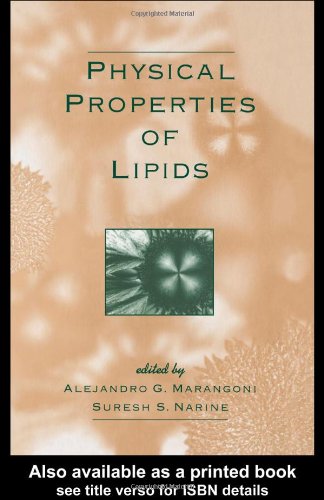

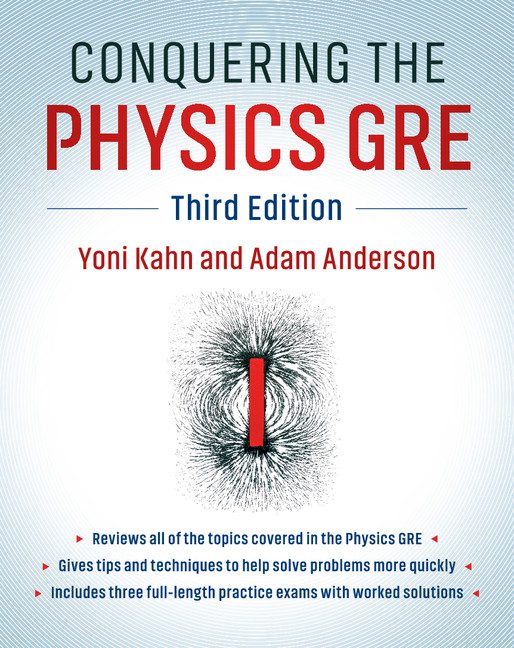

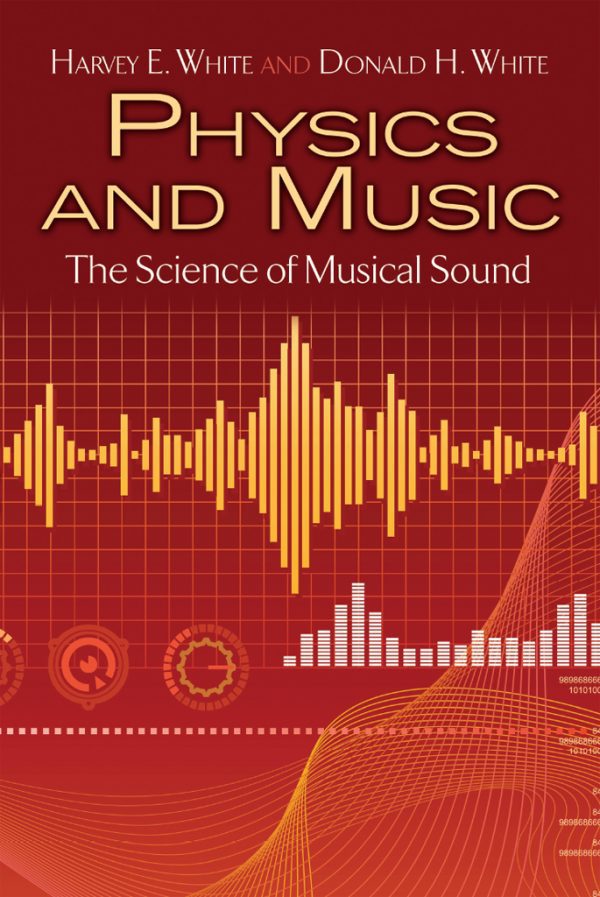
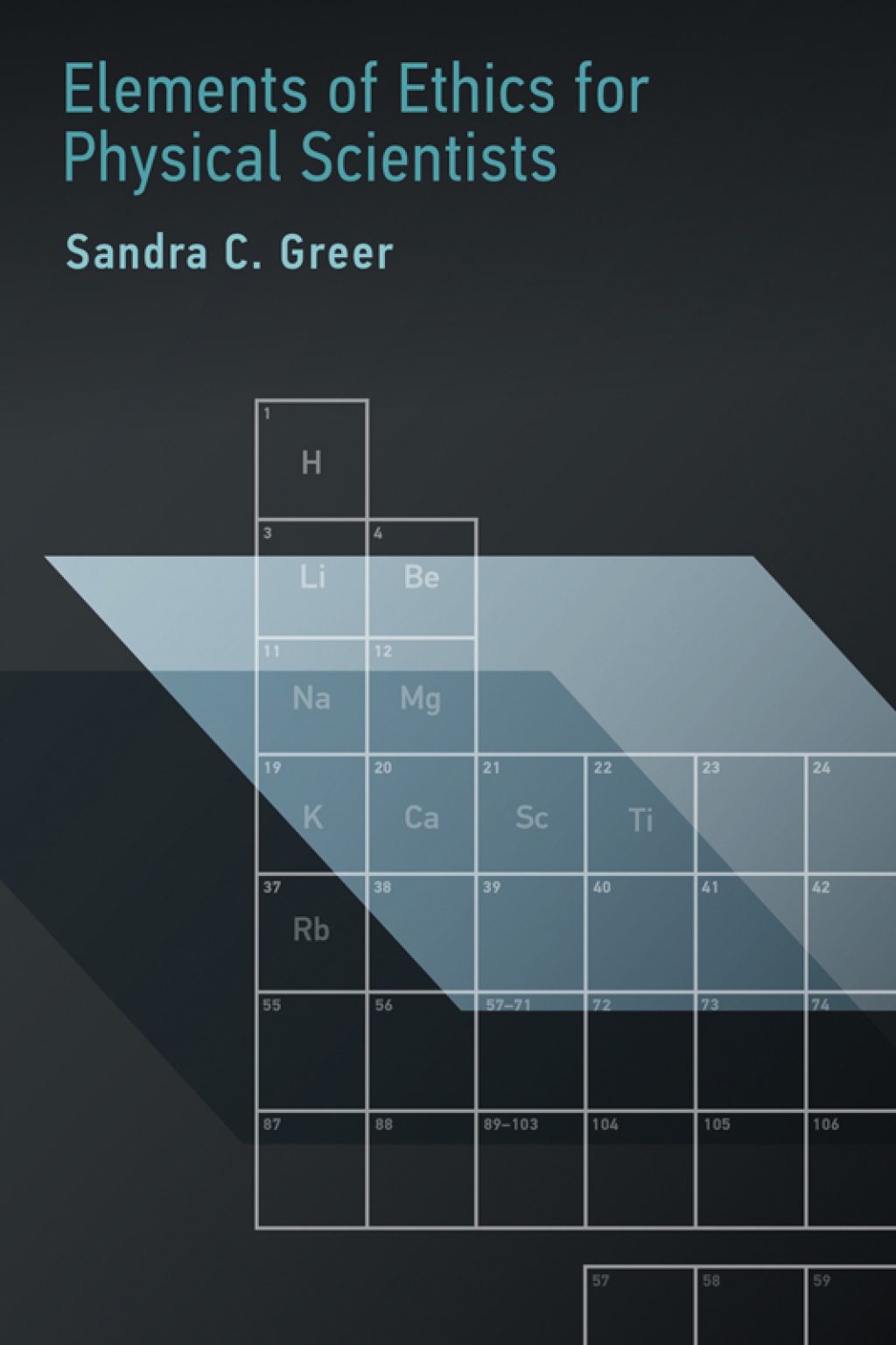
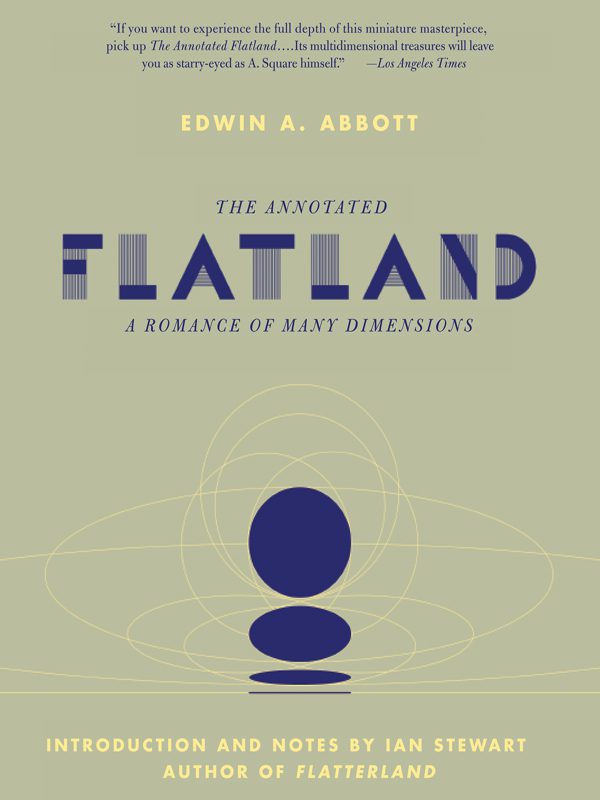
Reviews
There are no reviews yet.